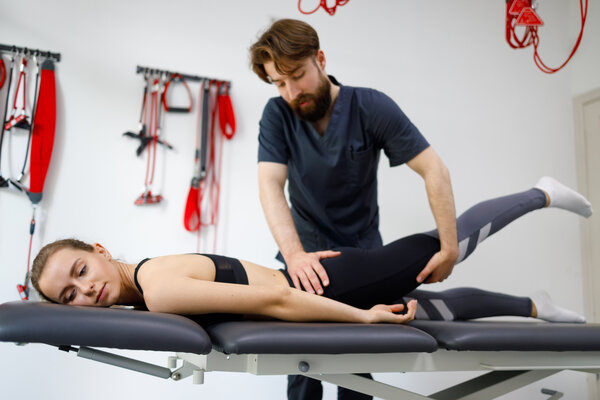Growing research shows the benefits of dancing for mental and physical health. Besides the fact that dancing is fun, it has various benefits for brain health, cardiovascular wellness and psychological wellbeing. Here are seven ways dancing can improve the mind and body.
1. Rewires Your Brain
Dance is an immersive experience that involves all of your senses. It’s a great way to improve neuroplasticity between the brain’s cerebral hemispheres to create neural connections. Your cerebral cortex coordinates movement, problem solving, learning, thinking, memory and reasoning.
When you follow choreography, it requires your brain to coordinate your body’s movements and remember the moves. Even with freestyle dance, whenever you think about the following motion or which direction you’ll turn, you’re practicing the art of making decisions instantly. Every time you dance, you maintain brain health and boost your long-term memory.
2. Improves Core Strength
Bending to tie your shoelaces, sitting at a desk, standing on the train or picking up a package are all everyday activities that need good core strength. Dancing helps you to build the core strength required for balance, coordination and stability in your body. A strong core will also help you avoid being one of the 10 million people injured in a slip-and-fall accident annually.
3. Helps Maintain Overall Fitness
Dancing is the one workout that involves every part of your body. You twist your torso, move your arms around, and use the muscles in your legs to turn or move to the rhythm of the music. Whether you choose to attend a Zumba class or dance by yourself in your room, vigorous physical movement improves cardiovascular fitness.

4. Reduces Tension In Your Body
Dancing helps to relieve tension in your body and your mind through movement. When you feel stiffness in your neck and shoulders, it might be related to stress or emotional burden.
Taking just 15 minutes to play music and dance can help you clear your mind and release any stiffness in your body. You’ll also be more aware and connected to your body, which allows you to recognize when you need rest or care.
5. Prevents And Reduces Pain
In many cultures and traditions, dance is a healing activity, offering hope for the 20% of people who experience chronic pain. Research shows people who dance regularly — 60 to 150 minutes a week — see reduced pain and improved mood. Divide that number by seven and you get a 10-minute disco party that will significantly help pain management.
6. Improves Psychological Wellbeing
Dancing can help decrease anxiety symptoms, increase self-esteem and reduce symptoms of depression. It’s more than just the release of endorphins. There is growing research showing the potential for movement as a way to release emotions associated with trauma stored in the body.
Dance can give you a way to process and let go of feelings like fear, grief and anger. Movements like shaking send signals to the part of your brain that holds emotions. This switches off your fight-or-flight response and tells your body you’re safe.
7. Connects You To Other People
One of the major reasons why dance helps with mental and emotional well-being is because it builds social connectedness. That’s why dancing at parties and concerts is emotionally fulfilling — when you dance with others, you share a positive experience. It’s part of forming connections with your community, and building supportive and stable relationships.

Promote Physical Fitness And Mental Wellbeing With Dancing
Dance is an excellent workout because it’s an immersive experience that involves most parts of your body and mind. With all these benefits, one good song and 10 minutes to let go could be your way to improve your overall well-being.



